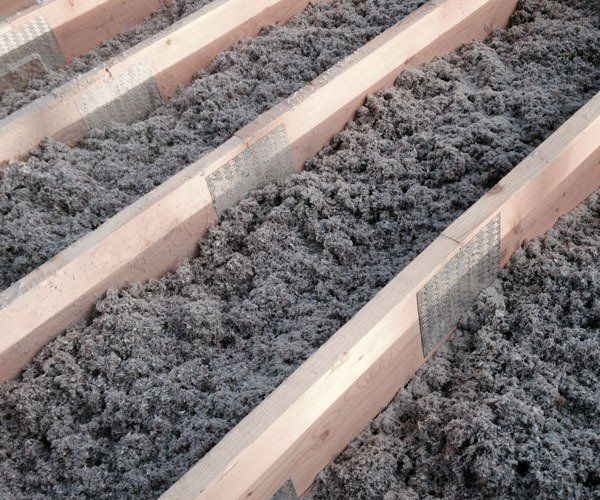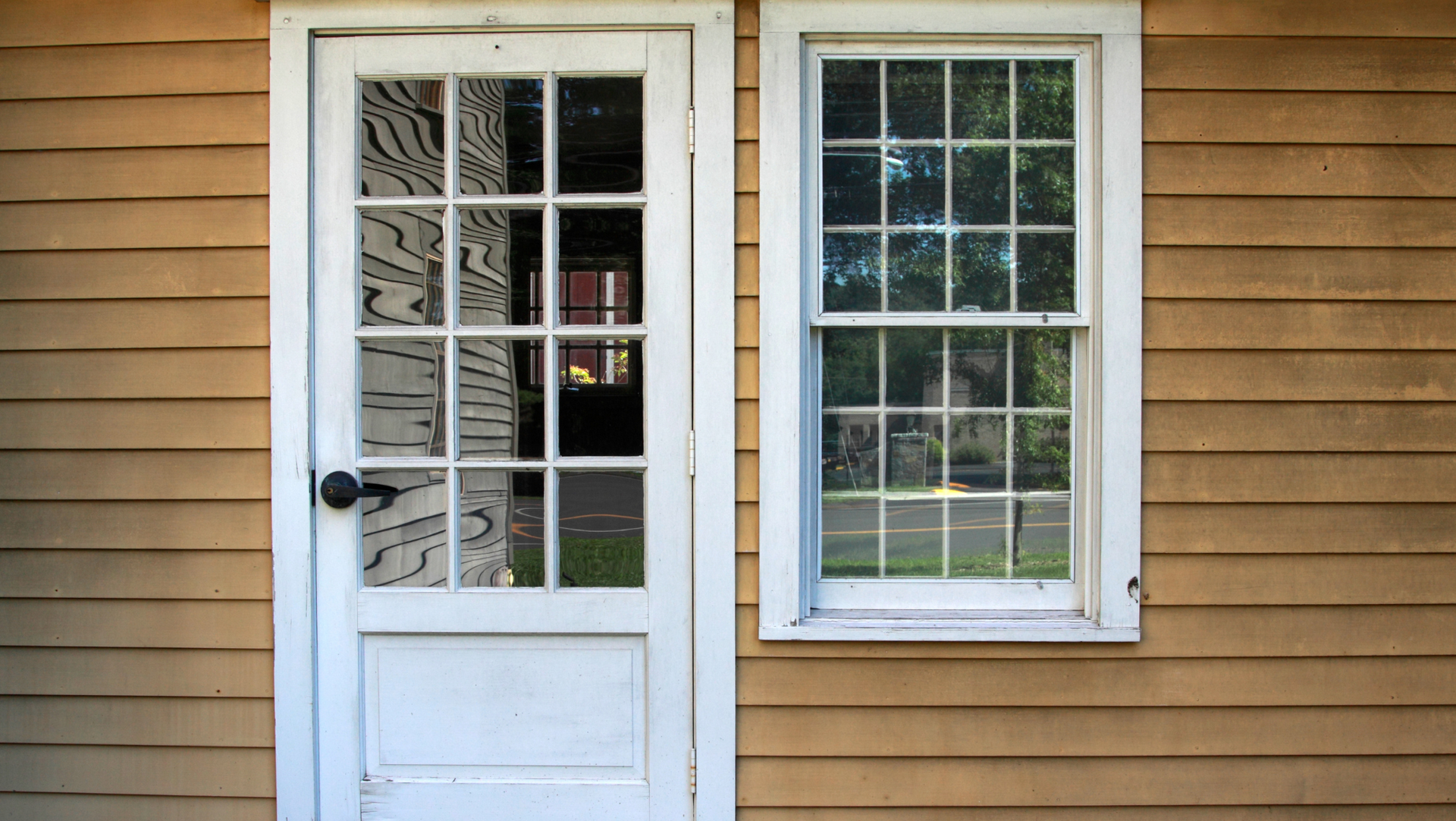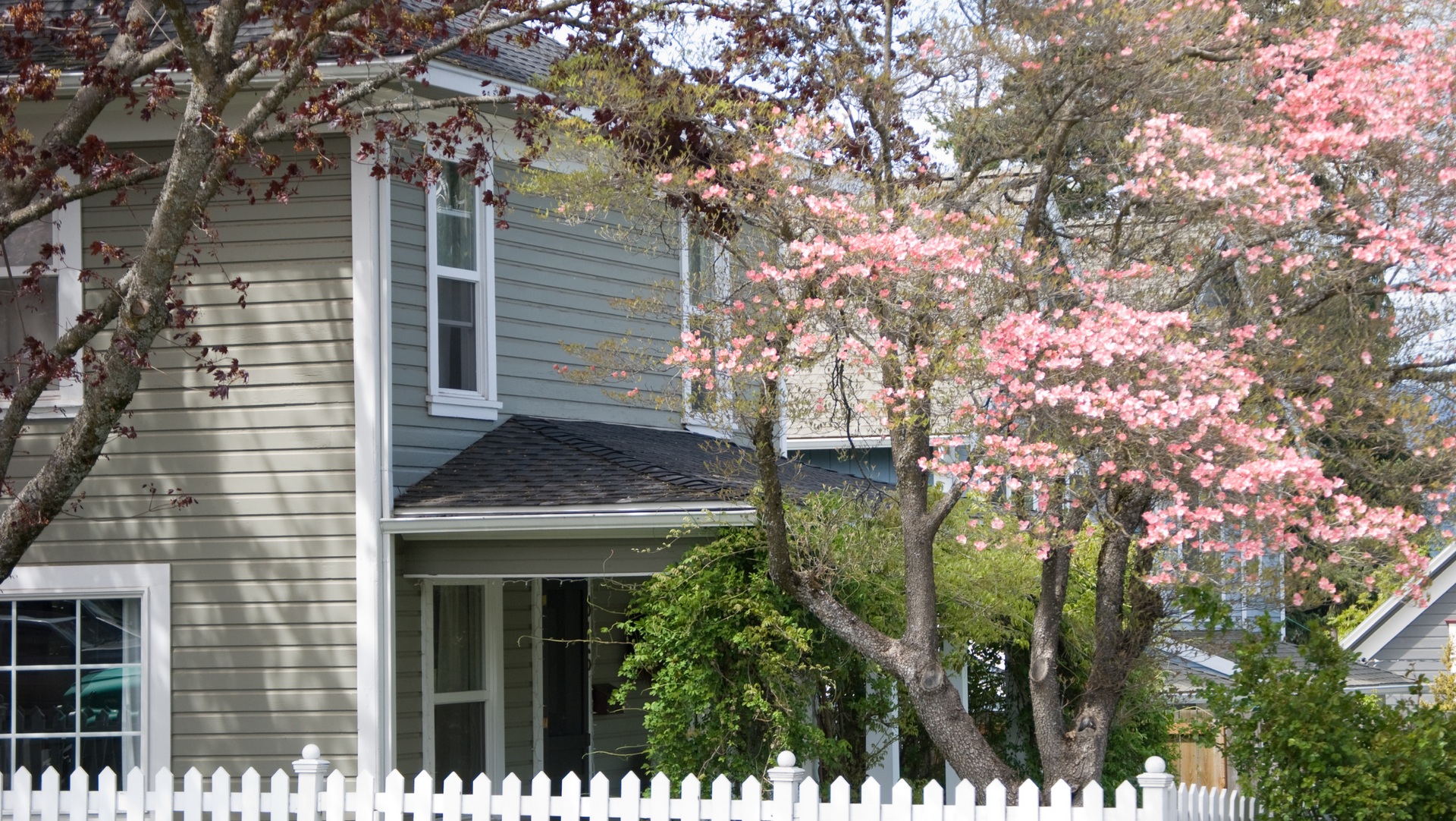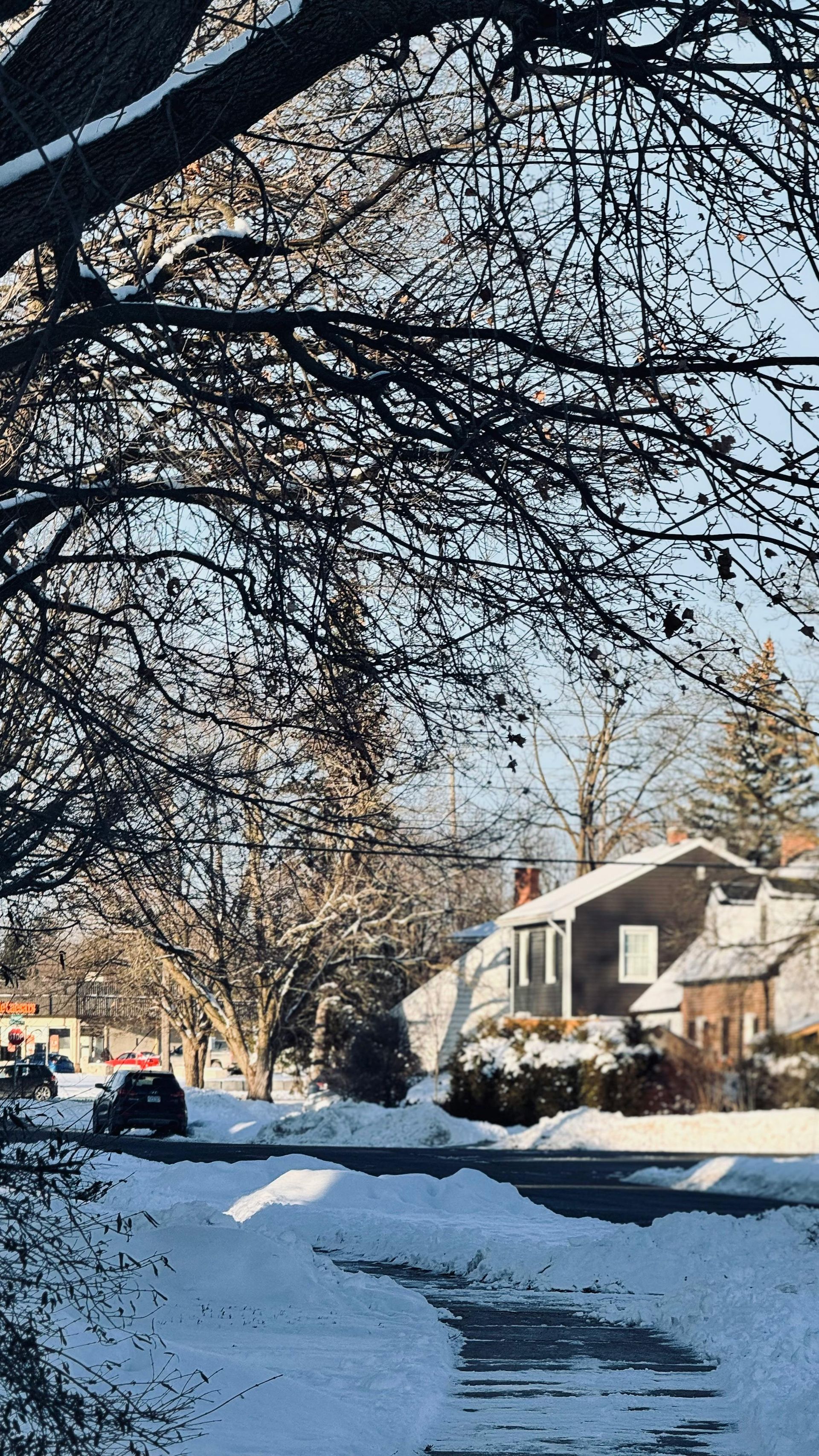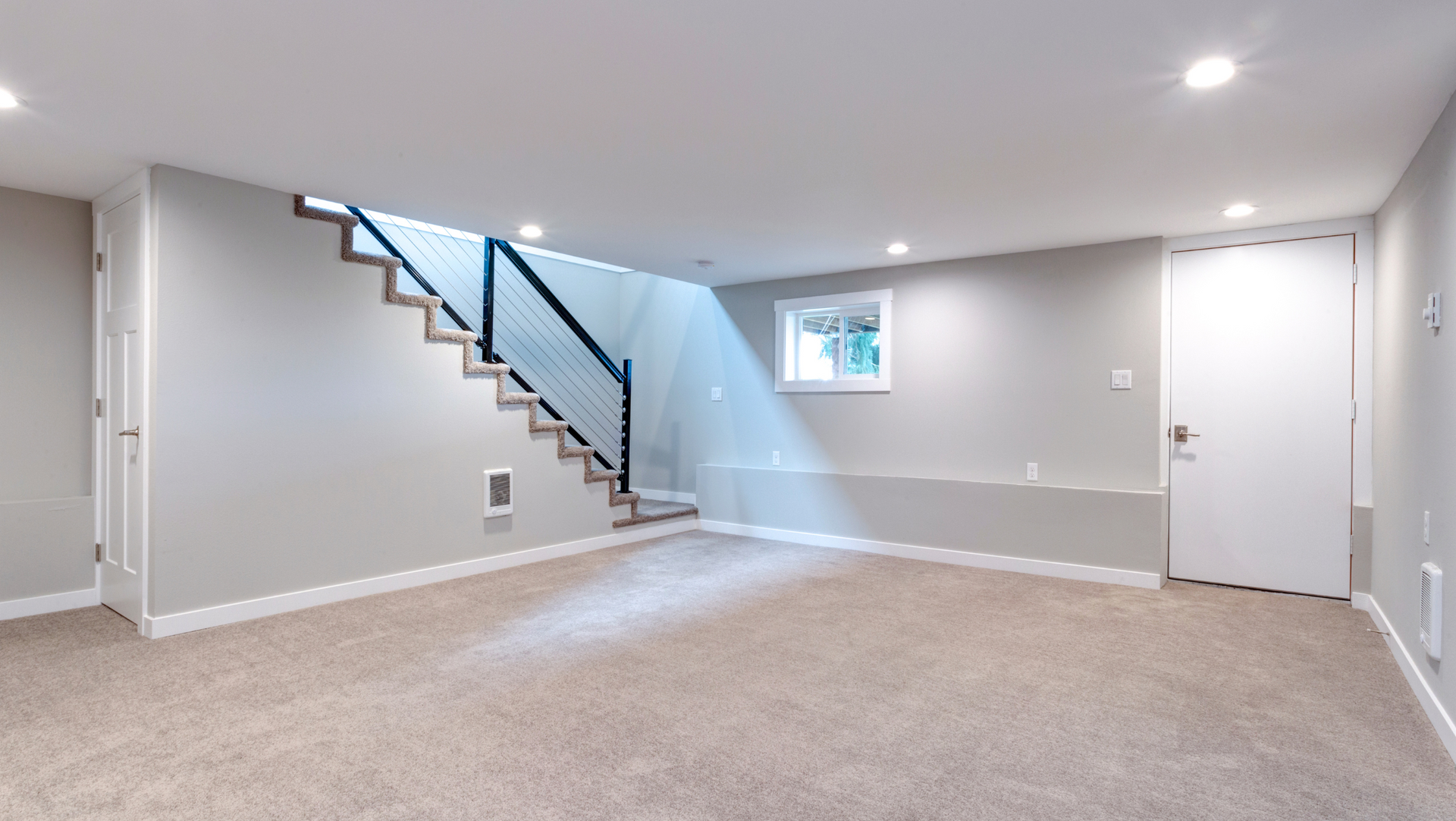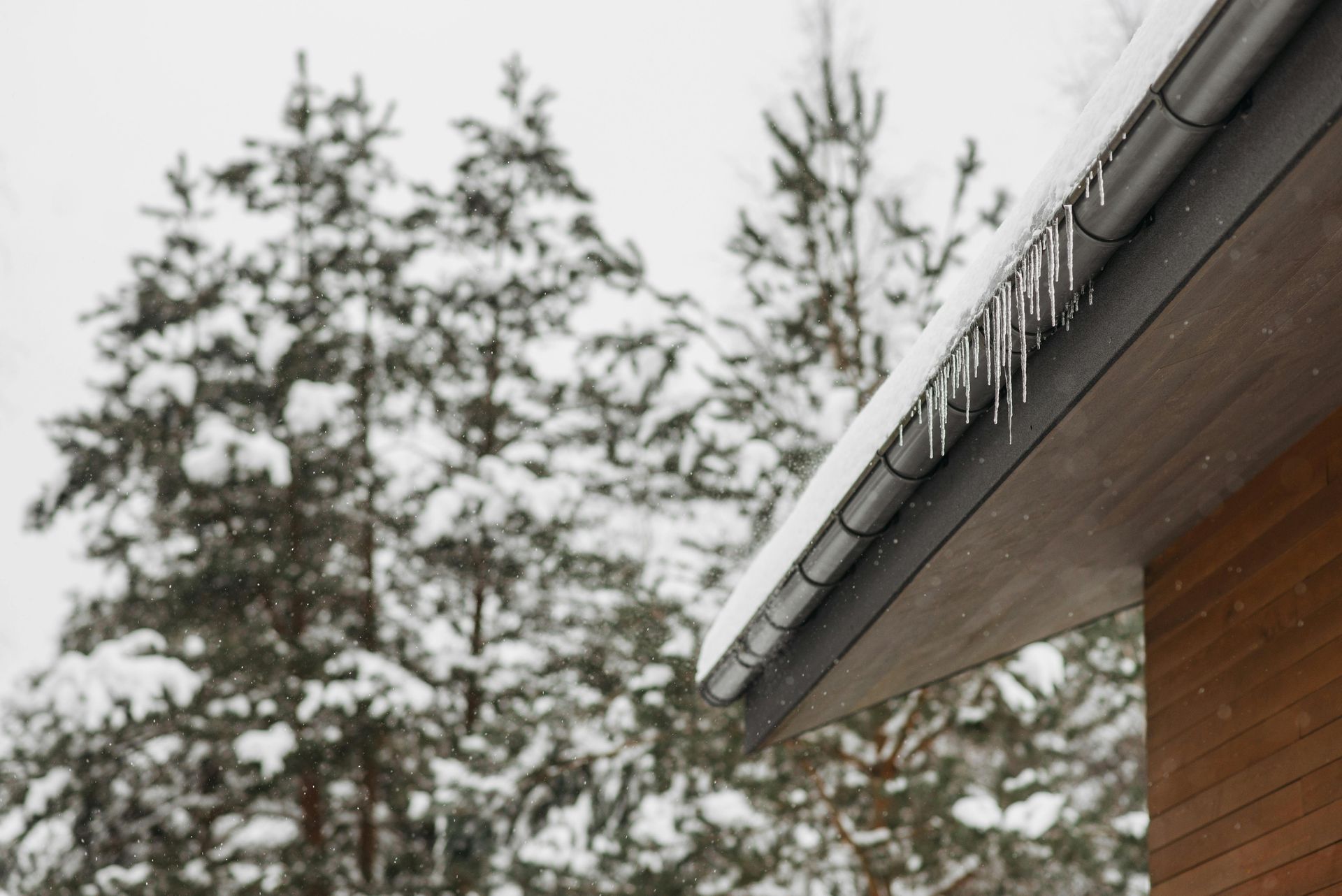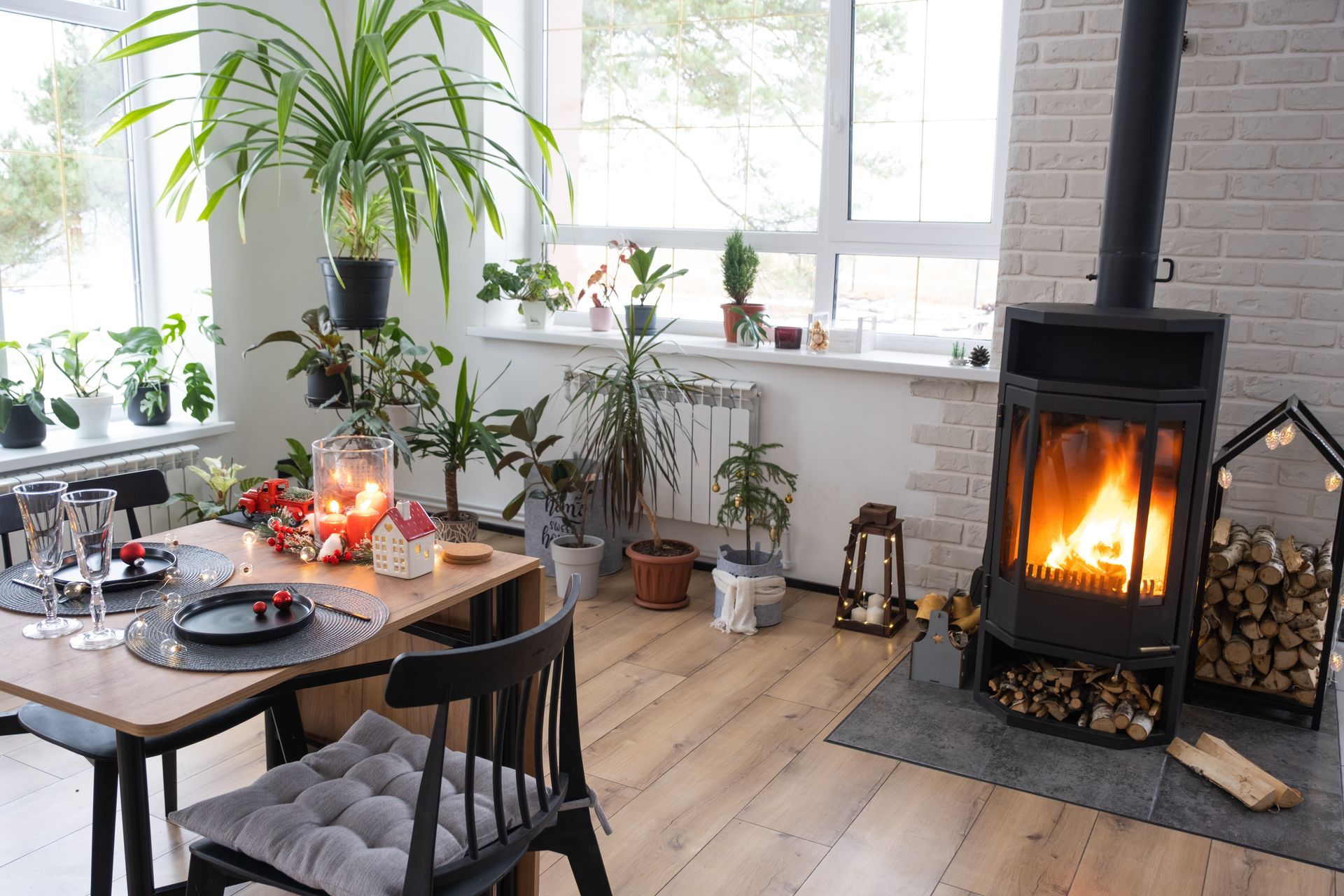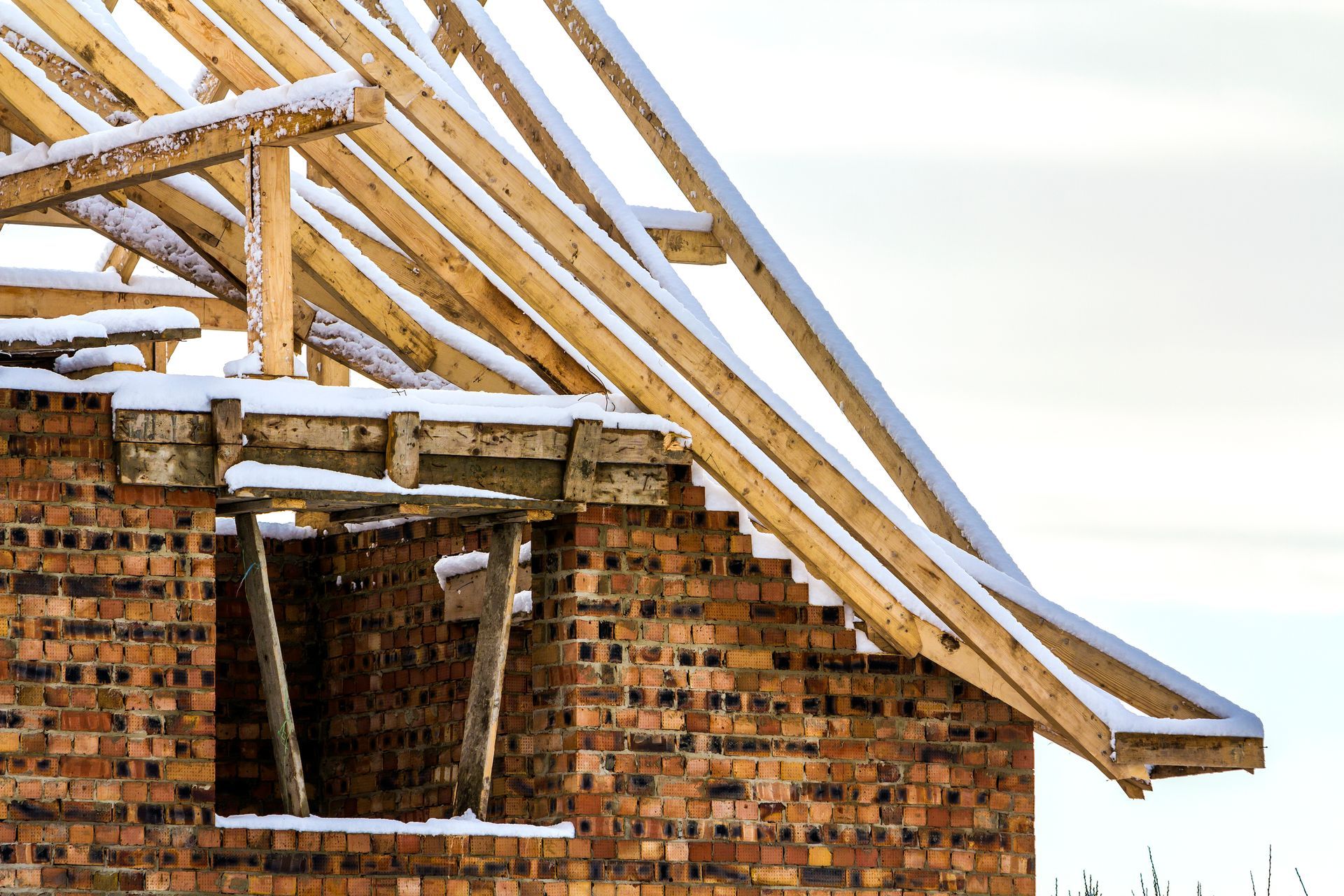What does “R-value” Really Mean?
R-value is a measure of resistance to heat flow through a given thickness of material. In theory, the higher the R-value, the greater that resistance. That’s fine as far as it goes.
Unfortunately, R-Value has taken hold in the consumer’s mind as a universal method for comparing insulations - the higher the R-Value, the better the insulation, end of story. But all R-Values are not created equal, because they measure only one of the factors that determine how insulation will perform in the real world.
Insulation is, first and foremost, meant to stop the movement of heat. The problem with using R-Value as the sole yardstick of an insulation’s effectiveness is that heat moves in and out of your home or commercial building in four ways: by conduction (which R-Value measures), and by convection, radiationand air infiltration (none of which R-Value measures). But let’s stick with the concept of R-Value for the moment.
The R-Values of insulation materials are measured in a lab. That would work great - if your home were inside a lab! But your home was built outdoors, and that means there are other factors like wind, humidity, and temperature changes in play. These factors create pressure differences between the interior and the exterior of the building due to things like hot air rising, wind, and mechanical systems forcing air through every tiny little opening and making its way to the interior or exterior, or to unconditioned areas of the building like attics, basements and crawl spaces.
Your home or commercial building may look solid, but there are thousands of tiny gaps, cracks and penetrations between building materials. For example, if you apply the air pressure of a 20 MPH wind on a 20 deg. F day to a building, the typical R-19, fiberglass insulated wall often performs no better than the wood studs (R-6) because of air infiltration, with heat being transported around (bypassing) the fiberglass batts through convection. In very low density materials like loose blown fiberglass, heat will actually radiate right through the insulation, and this, along with convection, significantly reduces fiberglass' installed performance and your comfort.
A superior insulation system will have good R-Value (prevent heat loss via conduction), will be pneumatically or spray applied, fully filling the building cavity (prevent heat loss via convection), and will be densely packed (prevent heat loss via air infiltration and radiation). Fiberglass meets the first criteria, but not the other three. Cellulose meets all four of these critical performance criteria!
In addition, you want your insulation to do more than just insulate. Besides insulating, cellulose insulation can help prevent the spread of flames in the event of a fire and blocks the transmission of sound much more effectively than fiberglass. The insulation in your walls, ceilings, attic, etc., has a lot of jobs to do besides insulating - and cellulose is up to all those jobs!
Information provided by: www.cellulose.org

